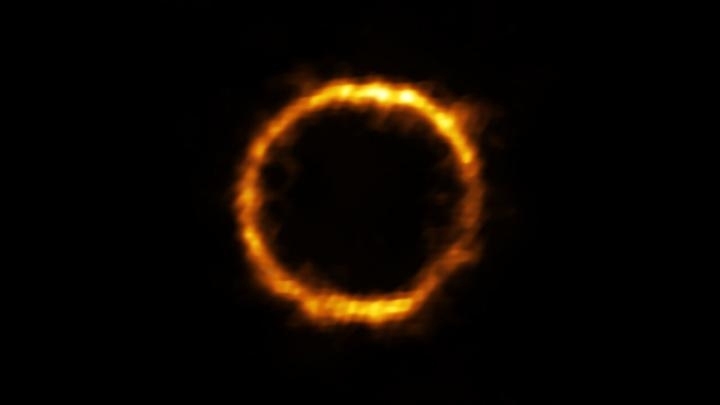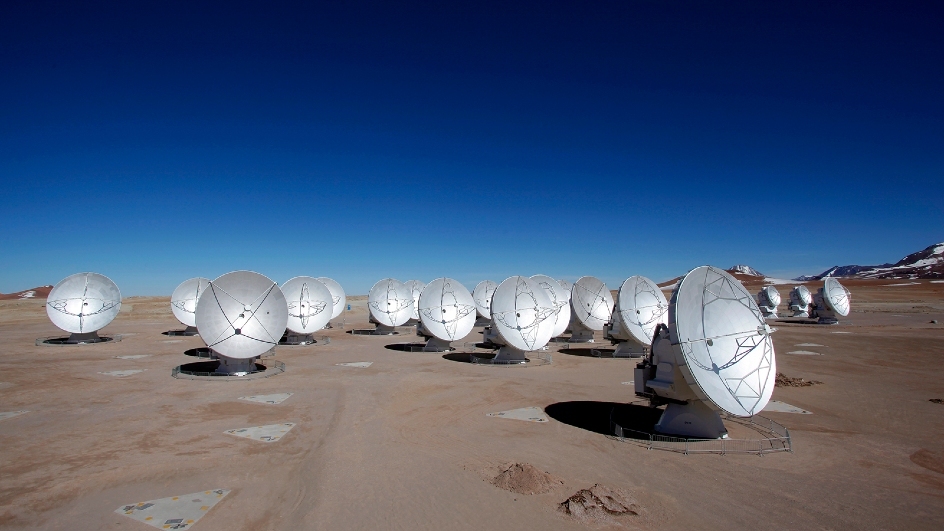#Astronomers Discover First Look-Alike of Our #MilkyWay Galaxy in Early Universe
weather.com/en-IN/india/sp…
(📸: ESA/Hubble/NASA, A. Riess et al)
By @MrigDixit
weather.com/en-IN/india/sp…
(📸: ESA/Hubble/NASA, A. Riess et al)
By @MrigDixit

Astronomers have spotted a look-alike galaxy our Milky Way with a close resemblance.
The newly found galaxy named SPT0418-47 is estimated to be located about 12 billion light-years from our galaxy, it is so far that its light takes nearly 12 billion years to travel & reach us.
The newly found galaxy named SPT0418-47 is estimated to be located about 12 billion light-years from our galaxy, it is so far that its light takes nearly 12 billion years to travel & reach us.
The newly discovered galaxy was formed when the universe was just 10% of its current age—about 1.4 billion years old.
A galaxy comprises gas, dust & billions of stars—held together by gravity. Milky Way galaxy that holds the entire solar system—is about 13.51 billion years old.
A galaxy comprises gas, dust & billions of stars—held together by gravity. Milky Way galaxy that holds the entire solar system—is about 13.51 billion years old.
Astronomers till now, have believed that during the early years of the universe most the galaxies which formed were unstable and turbulent.
Contrary to this belief, this newly discovered galaxy was ‘surprisingly unchaotic’.
Contrary to this belief, this newly discovered galaxy was ‘surprisingly unchaotic’.

Astronomers have identified SPT0418-47 as a dynamically cold, but highly star-forming rotating disk in a galaxy.
As compared to the Milky Way, it does not have a spiral arm. However, the galaxy’s rotating disc and a bulge—a large group of stars packed together around the galactic centre—were among the similar features to our Milky Way.
This breakthrough discovery comes from the Atacama Large Millimeter/submillimeter Array (ALMA) of telescopes, based in Chile.
Gravitational lensing is a phenomenon where the light emitted by a distant galaxy passes through a massive object and the gravitational force from that object bends or distorts the light, causing it to appear magnified. 

The discovery is significant for understanding the formation and evolution of galaxies. Moreover, it can also shed light on the early years of the Universe.
• • •
Missing some Tweet in this thread? You can try to
force a refresh














